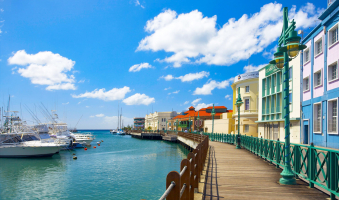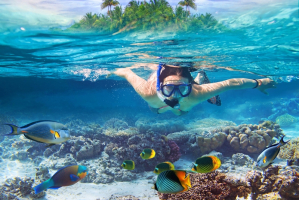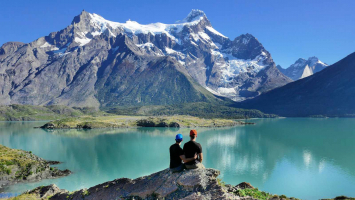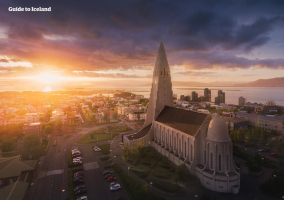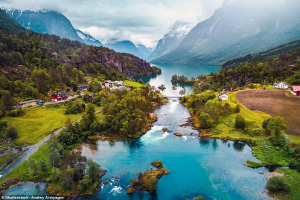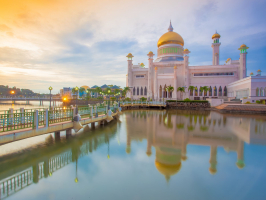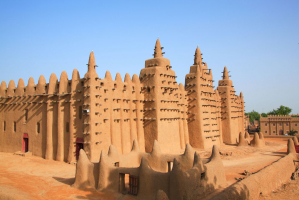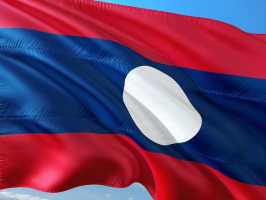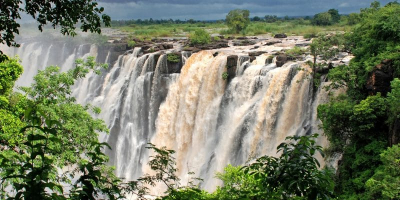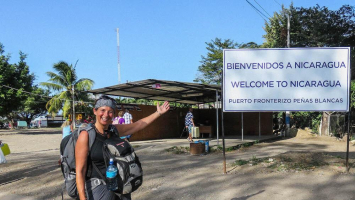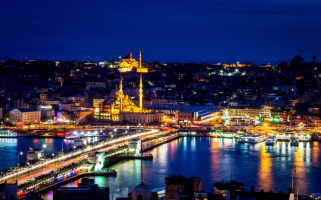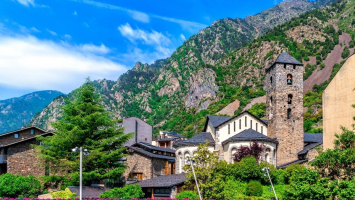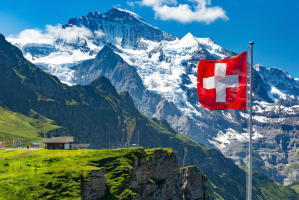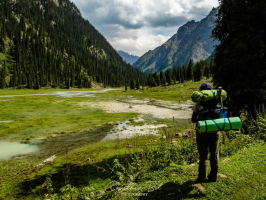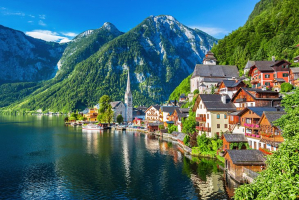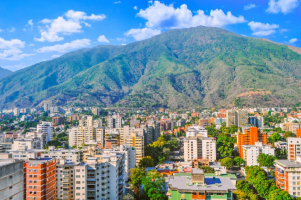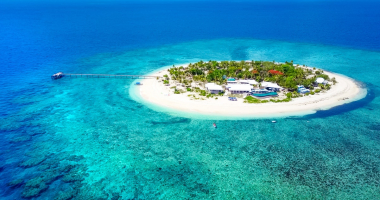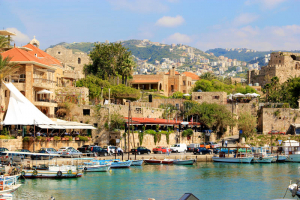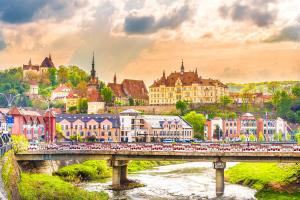Top 10 Things about Croatia You Should Know
Croatia has steadily risen up people's must-visit lists because of its gleaming Adriatic coastline, 1244 islands, endlessly fascinating cities, and ... read more...breathtakingly spectacular terrain. Tourists are naturally drawn to the stunning Adriatic beaches, which easily compete with their Mediterranean counterparts. Inland Croatia, from the mountain towns of Istria to the beautifully pulsating city, Zagreb, is just as compelling. Take a look at these Things about Croatia You Should Know before you go to make the most of your vacation to Croatia.
-
Among of the top Things about Croatia You Should Know before traveling, Climate and Weather in Croatia are some things that you must take into account. Croatia has two climate zones: a Mediterranean climate along the coast and a continental climate in the interior. Summers on the coast are often hot, bright, and dry, with somewhat cold winters. The average temperature in the summer is 86°F. The winters are a tad cooler, with an average temperature of 41°F.
Winters can be bitterly cold as you go away from the shore, while summers are scorching and dry. April is frequently too cold for water sports, and July and August are far too hot to spend large amounts of time outside doing athletic activities.The best time to visit Croatia to take advantage of its outdoor activities scene is May or June.
The weather in the southern Adriatic is usually brighter and dryer than in Istria's northern section. Croatia is hot in the summer and cold in the winter; use these recommendations to prepare for the weather and bring the appropriate clothing for your trip.
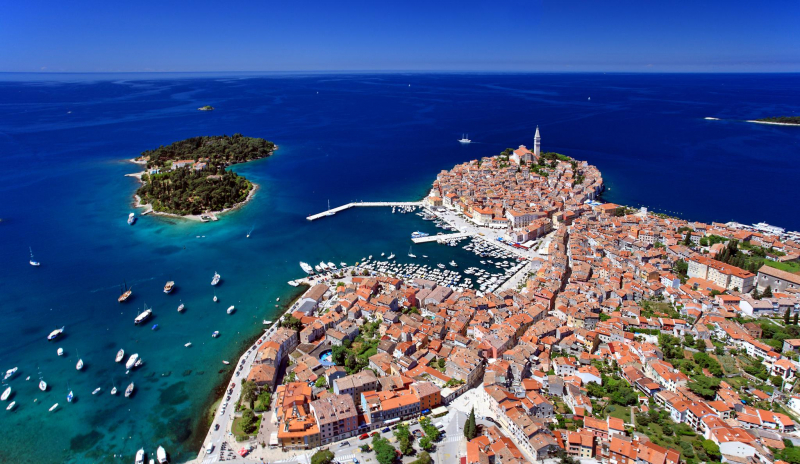
https://visiteurope.com/ 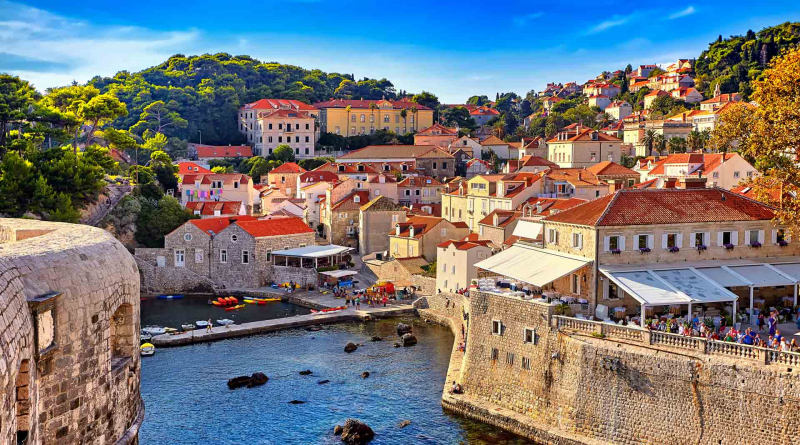
https://48north.com/ -
One of the top things about Croatia You Should Know is the Best Time to Visit. The majority of visitors come to Croatia in July and August to take advantage of the beautiful weather. The busiest months, on the other hand, are not usually the ideal times to visit the country. Avoid visiting during the peak season, when the weather is hot and crowded. You may also pay more for National Park admission fees, ferries, and other attractions if you visit during peak season.
June and September are undoubtedly the finest months to visit Croatia, with less tourists, excellent weather, and warm seaside temperatures. The country is popular with Austrian and German tourists, particularly in the Kvarner and Istria districts, therefore crowds tend to rise during German school vacations (May to June; it changes every year).
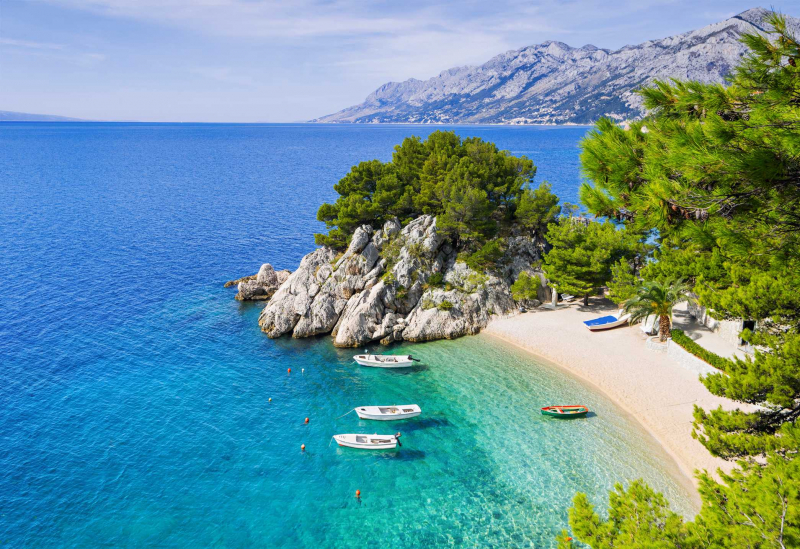
https://diabetes.co.uk/ 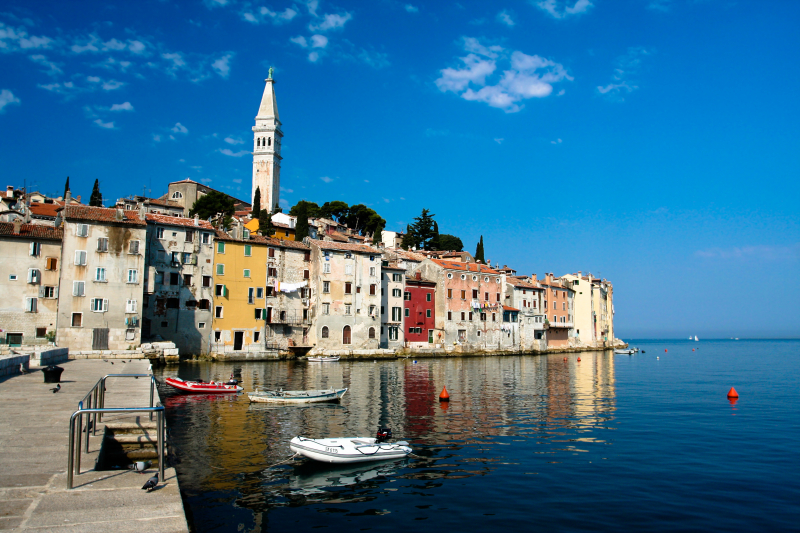
https://deepculturetravel.com/ -
Temperatures in July and August typically vary from 25 to 35 degrees Celsius, but they can easily exceed 40 degrees Celsius on some days. Make sure you have all of the necessary sun protection (hat, sunglasses, sunscreen) and avoid going out during the warmest portion of the day. Also keep in mind that air conditioning is not as common in Croatia as it is in other countries, so dress in light, breathable clothing to feel comfortable both outside and inside.
The sea wind from the Adriatic, especially near the coast, can deceive you into thinking it's cooler than it is, so wear sunscreen even if it doesn't feel very hot. After a day on a Croatian beach, several travelers have returned to their accommodation in the evening to discover they've turned an unusual shade of pink. Most visitors to Croatia will spend some time hopping between its beautiful islands, either on a private yacht or on one of the many summer ferries that sail between the mainland and the islands.
Keep in mind that ferry rides might take longer than you expect - Split to Dubrovnik, for example, takes over nine hours - so resist the urge to snag a place in the sun and stay there for the entire journey. On the boats, there are lots of indoor and covered spots to keep you cool.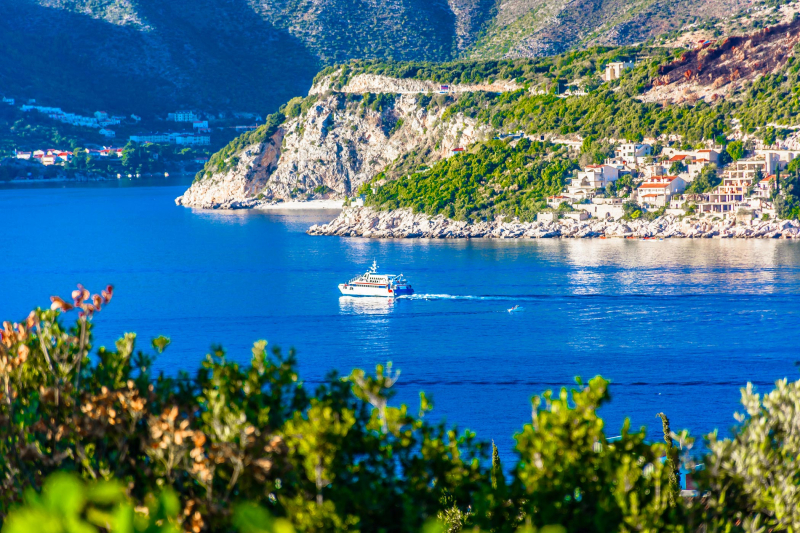
https://www.mustgo.com/ 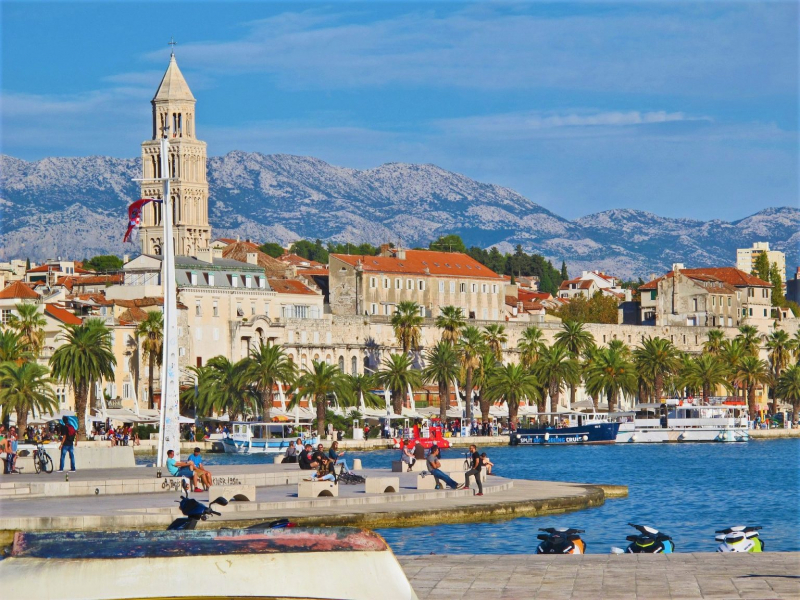
https://villasholidayscroatia.com/ -
Traditional Croatian cuisine bears little resemblance to Austrian, Hungarian, Italian, or Turkish cuisine. Cuisine differs from one place to the next. The Dalmatian coast is known for its traditional Mediterranean food, which consists primarily of greens, olive oil, and fish seasoned with rosemary, parsley, garlic, and other herbs. Zagreb has a central European aesthetic. Meat recipes dominate Zagreb cuisine, with potatoes, root vegetables, and cabbage serving as side dishes.
A must-try Croatian cuisine is Crni rioto (black squid risotto). Mussels, clams, and other shellfish can also be included in this recipe. Zagorski trukli is another local favorite that you must try when in Zagreb. Sour cream, cottage cheese, truffles, or blueberries are filled into this delightful pastry. Paticada, a beef fillet marinated in wine vinegar and served with gnocchi, is one of the most popular Dalmatian recipes.Brudet (fish stewed with tomato sauce, onions, and spices), Manetra (bean soup filled with pet and cured meats), Soparnik (a traditional Dalmatian pie made with Swiss chard), and Punjena paprika are all must-try classics (bell peppers stuffed with rice, minced meat and spices).
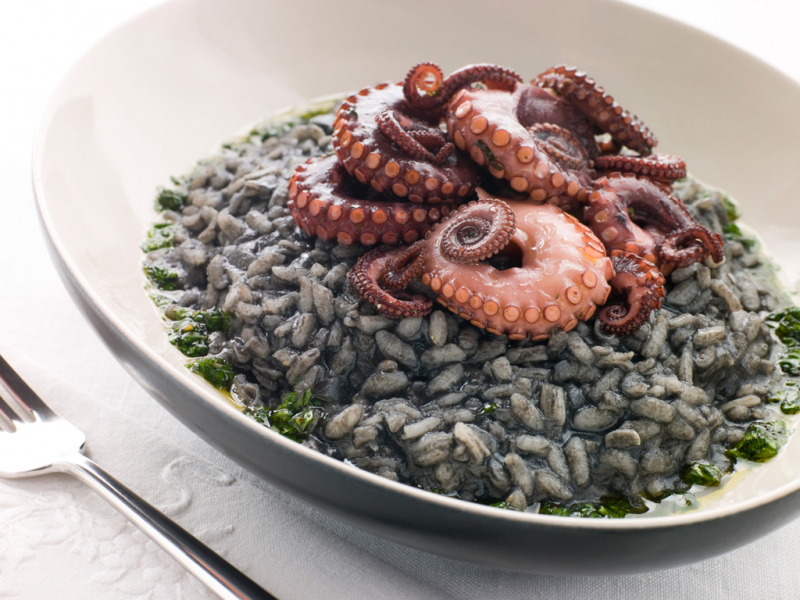
https://www.croatian-islands.com/ 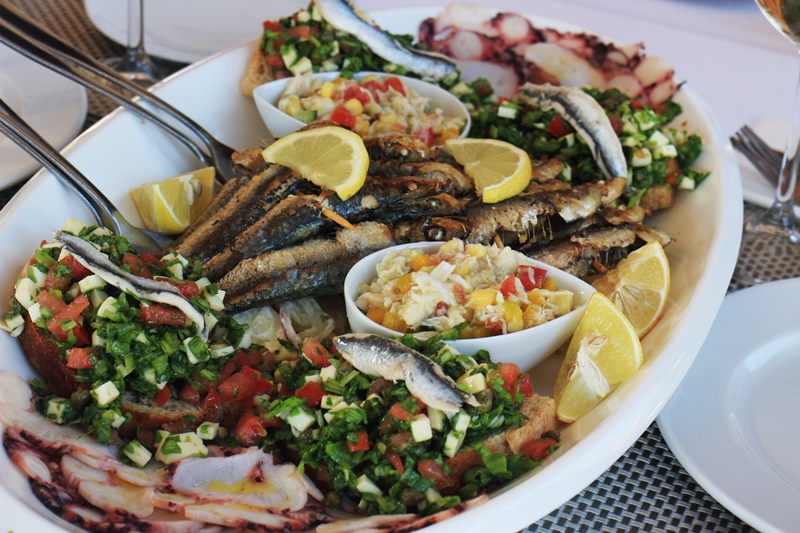
https://joaphiadicasenoldesemev.blogspot.com -
It is simple to travel to Croatia from anywhere in the world. From April to September, various airlines offer direct flights to major Croatian cities from all around Europe. Furthermore, planes connect Zagreb and Split with the rest of the world throughout the year. There are other bus routes available from a number of European cities. Traveling by train to and around Croatia is quite limited, and it is not recommended. However, you can consult the Croatian Railways website for more information about the train schedule.
One of the most convenient methods to get around Croatia is to rent a car, which you can do at the airport or at a number of different locations throughout the country. Ferries are another popular means of transportation in the country, and they are sometimes the only way to explore the country's gorgeous islands. Zadar, Rijeka, and Split are all well-known ferry ports. Small coastal towns including Makarska, Drvenik, Brsecine, Ploce, Orebi, and Prapratno also have ferries.
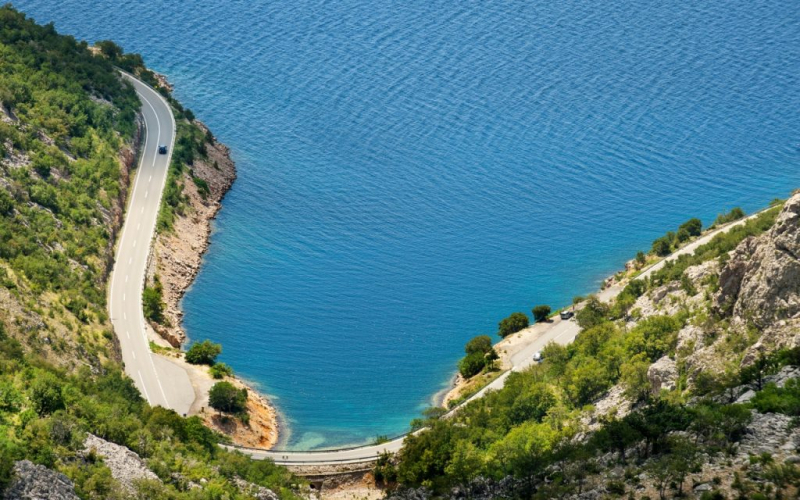
https://www.lonelyplanet.com/ 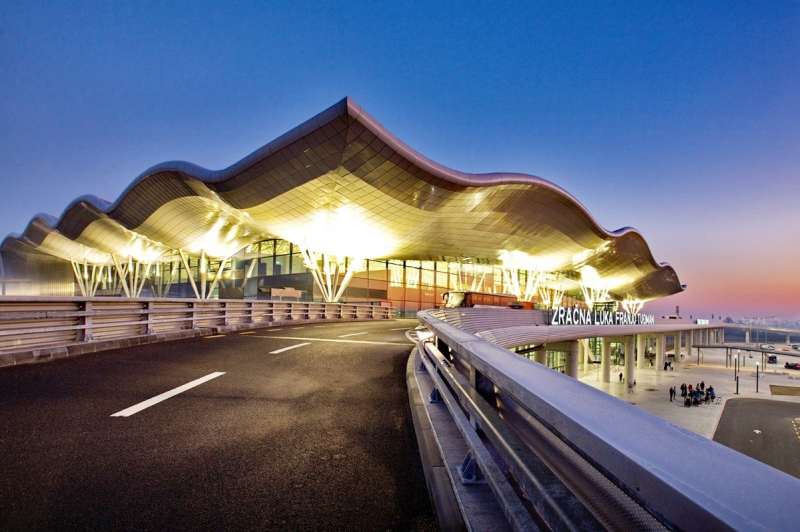
https://justzagreb.com/ -
Croatia is a small country with a surface size of slightly over 56,000 square kilometers. Croatia is one of Europe's wealthiest countries in terms of biological richness due to its geomorphological, ecological, and climatic circumstances. From rising mountains to the Adriatic Sea, the plains of Slavonia to the rolling hills of Zagorje and Istria, the natural beauty is diversified.
Eight national parks, two natural reserves, and ten nature parks may be found in Croatia. Mljet, Kornati, and Brijuni National Parks are located on the islands and are known for their diverse marine life. The Risnjak, Paklenica, and Northern Velebit rivers run through the country's mountainous regions. Beautiful meadows, limestone boulders, and extensive forests can be found here. Plitvie Lakes National Park, the country's most visited national park, and Krka National Park are both noted for its streams, rapids, lakes, and waterfalls.
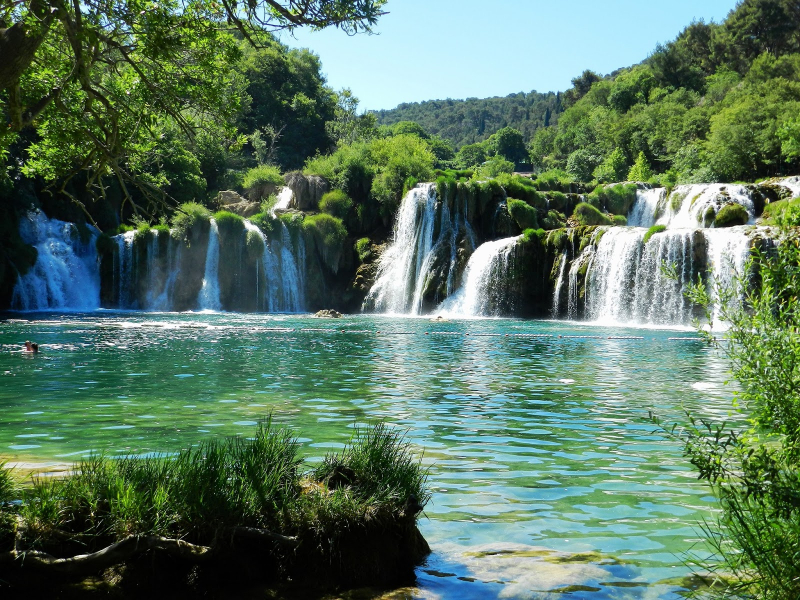
http://naturalbeauty147.blogspot.com 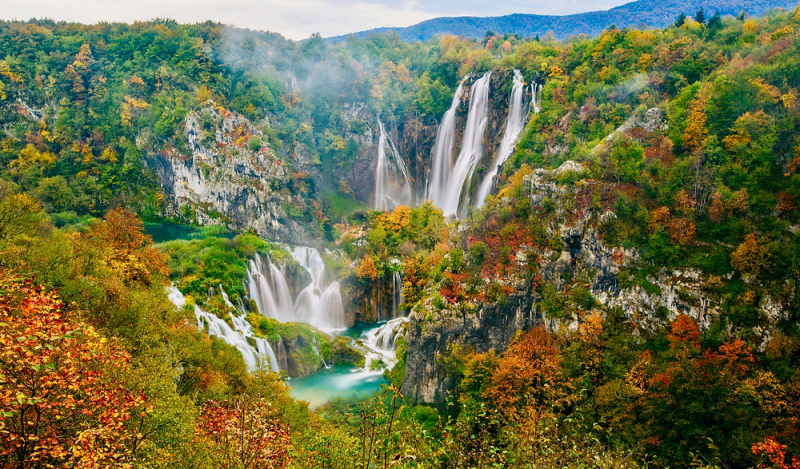
https://www.thegeographicalcure.com/ -
Beaches are among the Things about Croatia You Should Know. Istria in the north and Dalmatia in the south are two of the country's most well-known coastal districts. The Makarska Riviera, located in central Dalmatia, is home to some of Croatia's most beautiful beaches. Mulini Beach in Rovinj is a trendy beach strip with a coastal promenade and sunbathing spaces. Istria is a popular destination for windsurfers. The settlement of Ravni, along with Premantura and Preluk, is home to some of the most prominent windsurfing spots.
While there aren't as many sandy beaches in Croatia, that doesn't imply they don't exist. Sakarun Beach on Dugi Otok is one of the country's most stunning beaches. This beach is popular with both locals and visitors, and it is never overcrowded. Swimming is wonderful because the water is warm and clear.
Sunj Beach is a beautiful sandy beach on the island of Lopud with deck chairs, shack eateries, bathrooms, and change cabins. Omi, in central Dalmatia, is an excellent choice for families. Windsurfing and beach volleyball are among the activities available on the beach. Along the shore, there are numerous ice cream parlors, bars, and restaurants.
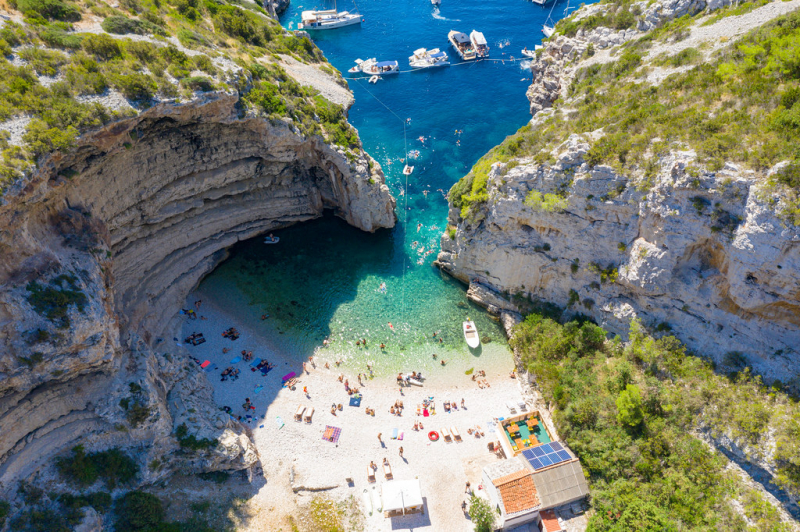
https://trickful.com/ 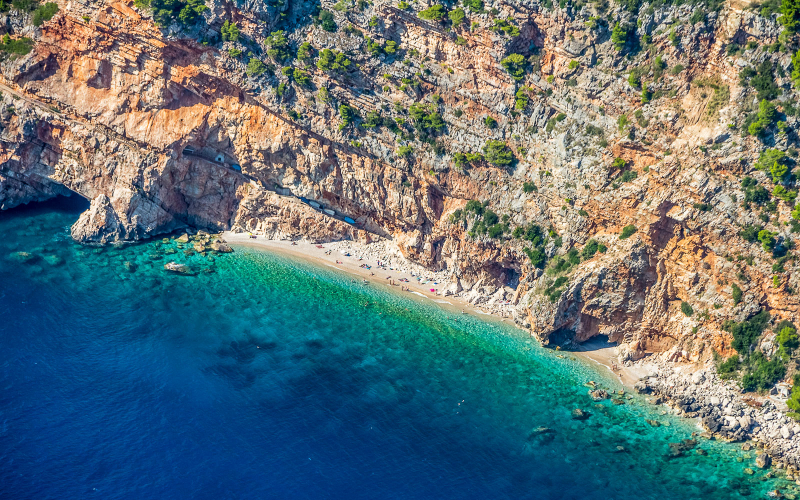
https://www.worldbeachguide.com/ -
All year long, Croatia provides a variety of thrilling activities. Foodies will delight in sampling a variety of cuisines, particularly in Zagreb, Dubrovnik, Istria, and Split. Croatia produces some of the world's best olive oil, and there are numerous locations where you may sample olive oil and learn how to identify the highest-quality produce.
For partygoers, Novalja on Pag, Tisno on Murter, and the city of Hvar provide 24-hour entertainment and nightlife. Paklenica, Omi, and iarija are ideal for outdoor enthusiasts. Sailing the Adriatic is a fantastic way to visit the beautiful shoreline of Croatia's southern Dalmatian coast and discover hidden jewels.
Many local businesses hire out sailing boats, catamarans, and motor yachts. Uljana, on the Peljeac peninsula, is an ideal diving destination. Within an hour's boat ride of the hamlet, visitors will find various diving spots. This is an excellent location for discovering hidden bays, coves, and pebbled beaches, as well as taking in the surrounding flora and animals.
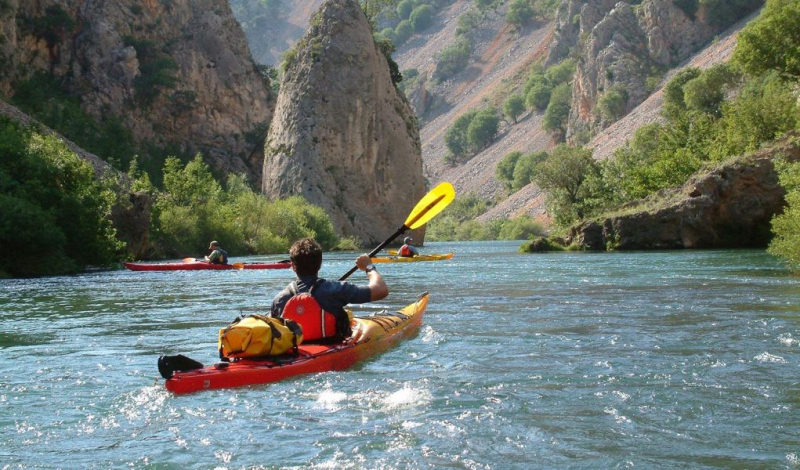
https://activitybreaks.com/ 
https://www.cometocroatia.holiday -
Plan your itinerary to go from one island to another rather than taking individual day trips from Dubrovnik or Split to the islands of Vis, Korcula, or Hvar. Each island has something unique to offer, and you may take shared water taxis and ferries to your desired location without having to return to the mainland.
Dubrovnik, dubbed "the gem of the Adriatic," is home to some of the country's most recognizable historical buildings, as well as being the filming location for "Game of Thrones." Split is known for its beaches, but don't miss out on seeing the Roman ruins of Diocletian's Palace.
Hvar is a lovely summer resort that is well-known. A hilltop fortification, 13th-century walls, and the Renaissance-era Hvar Cathedral are among the island's highlights. Korcula, on the other hand, is relaxed, lovely, and tranquil. Take a bike tour around the island to see some of the beautiful beaches and lively beach bars. If you enjoy wine, stop by one of the local wineries and try some Grk Bijeli.
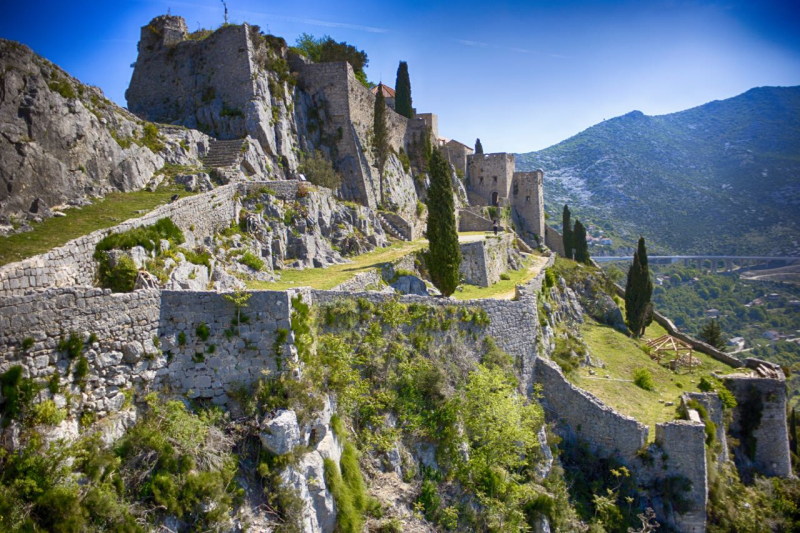
https://www.chasingthedonkey.com 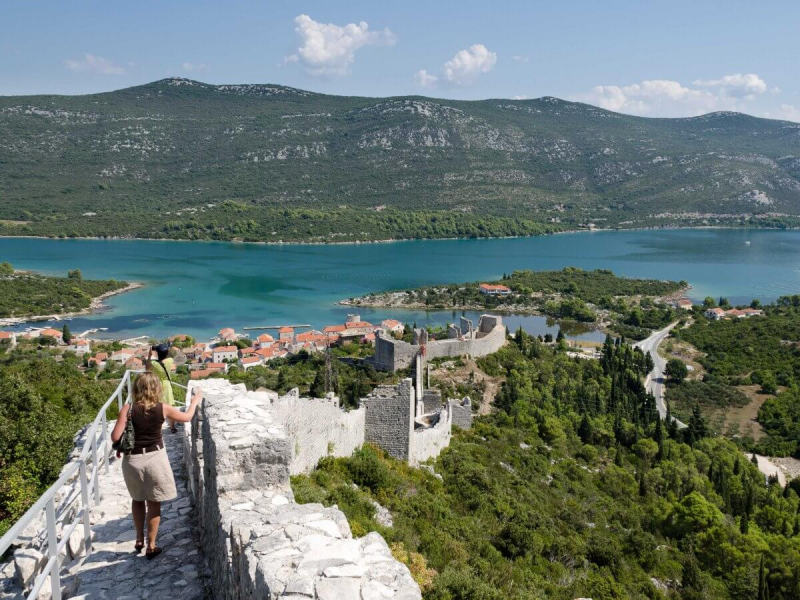
http://www.viralplaces.com/ -
Despite joining the European Union in 2013, Croatia will not join the eurozone until January 1, 2023. Croatia will have to go through a lengthy vetting process if they wish to join the European Monetary System. However, EU countries are not required to participate; the United Kingdom is possibly the clearest example of an opt-out country. So, when you arrive, leave your Euros at home and pick up some kunas, Croatia's national currency.
The European Union is a supranational body that establishes policy on a wide range of problems, including trade and human rights. There are numerous advantages for countries who opt to join the organization, but not everything falls into place at the same time or even at all. Meanwhile, continue to use the Croatian kuna, which you may acquire in advance outside of the country or at banks and ATMs after you arrive. Although some businesses and restaurants accept euros, you will receive change in kuna, and not at a very advantageous rate.
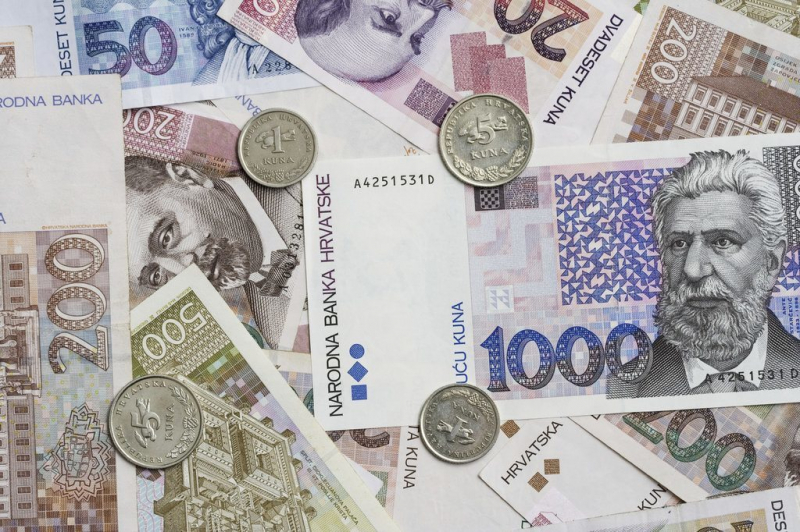
https://blog.continentalcurrency.ca/












